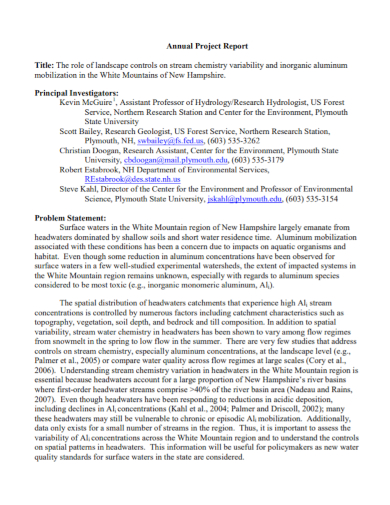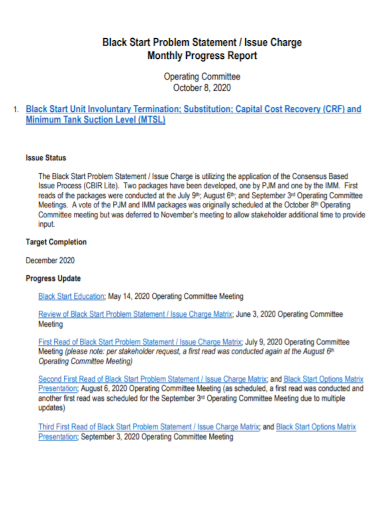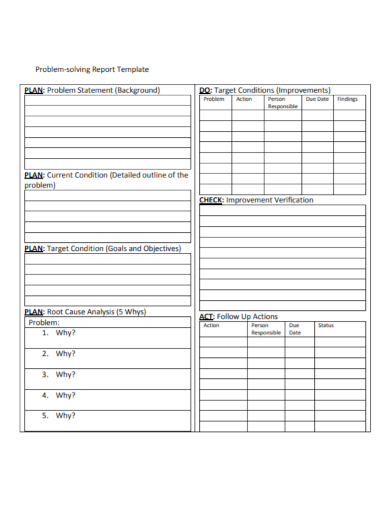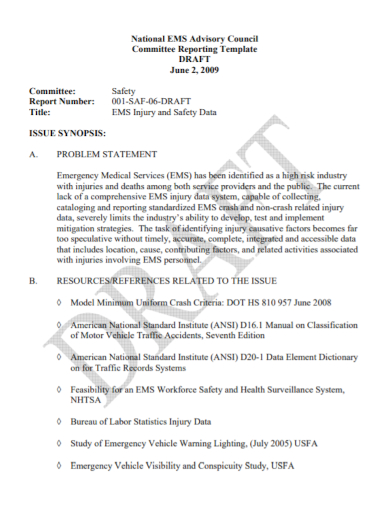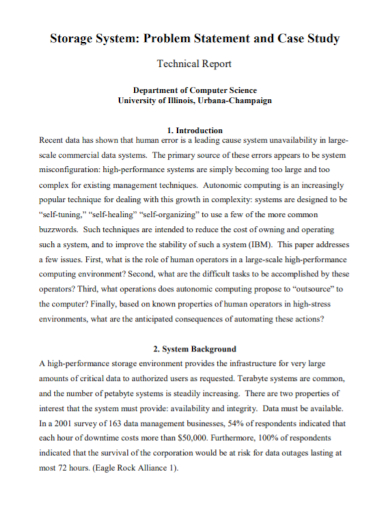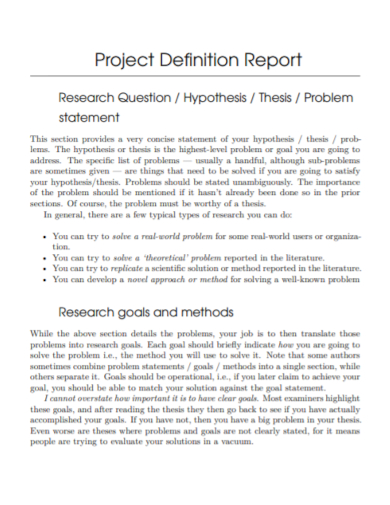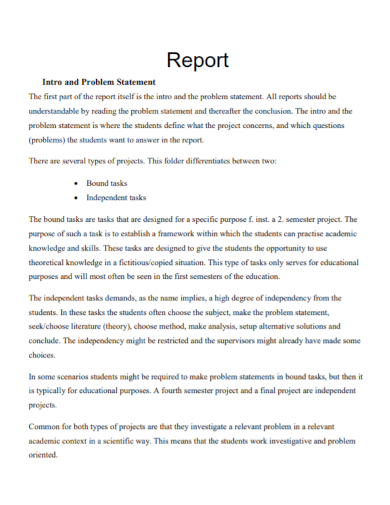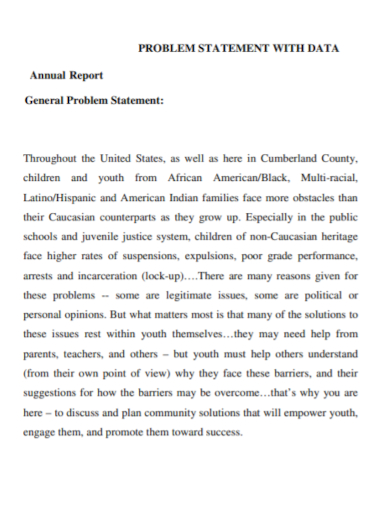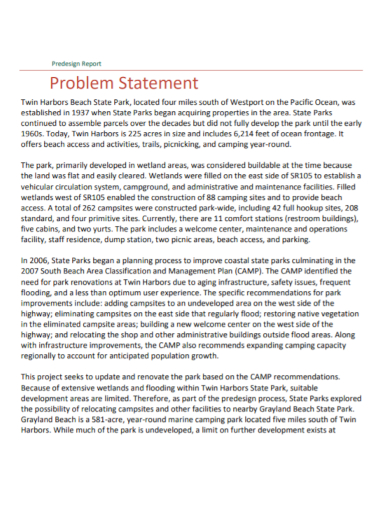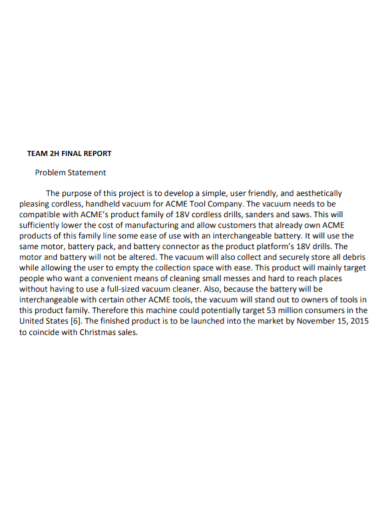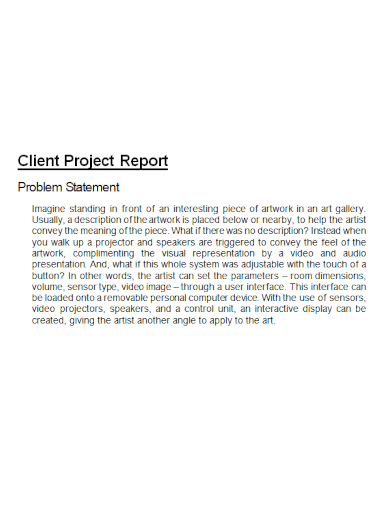Some reports or researches are usually done to address a problem and try to solve it before it gets more complicated. However, identifying problems can sometimes be difficult because problems can sometimes be complex; there might be too much of them or it is hard to identify them right away. That’s why it’s important to create a problem statement first to identify the problem that should be tackled. This article will guide you on how to write a report problem statement.
10+ Report Problem Statement Samples
1. Project Report Problem Statement
2. Monthly Report Problem Statement
3. Problem-Solving Report Statement
4. Committee Report Problem Statement
5. Technical Report Problem Statement
6. Research Report Problem Statement
7. Report Problem Statement
8. Annual Report Data Problem Statement
9. Design Report Problem Statement
10. Team Final Report Problem Statement
11. Client Project Report Problem Statement
What is a Problem Statement?
A problem statement objectively defines a current issue or problem that requires an action to improve the situation. The main essence of a problem statement is that it only focuses on the facts of the problem and uses the 5Ws (who, what, when, where, and why) as a basis to create the structure. A problem statement is often used in research.
How to Write a Problem Statement
1: Examine the Problem
The problem statement should clearly show the main problem that the report is focusing on and give a bit of background information on what is already known about it. To help you formulate the problem statement, follow the guide questions below:
- Where and when does the problem arise?
- Who gets affected by the problem?
- What were attempts being made to solve the problem?
- What facts have already been known about the problem?
- Is the problem limited to a particular time period or geographical area? Why is it so?
- Why does the problem arise in the first place?
Apply the 5Ws (Who, What, Where, When, and Why) question format to the problem statement.
2: Show the Importance of the Particular Problem
The problem statement should also answer the question, “why does this matter?” This is important because it helps determine if the problem statement is researchable, feasible, and relevant in the field your report is focused on. Consider the following questions below to help come up with the relevance of your problem statement:
- What will happen if the problem is not solved?
- Who will suffer the consequences?
- Does the problem have wider relevance?
- How will the resolution of the problem advance the understanding of the topic?
- What benefits will it contribute to future research?
- What direct or indirect consequences does it contribute to society?
3. Conclude With a Solution Summarized
The problem statement should frame how you intend to address the problem. How you will seek out the reasons behind the problem and propose a practical and effective approach to understand and address it. These approaches will be the goals that you need to pursue to accomplish the problem.
Conclude your problem statement with this format: State the problem, the reasons why it should be fixed, and a summarized argument of why your proposed solution is the best way to resolve the problem. This is to ensure that the readers of your report will understand the problem being talked about and consider the solutions that are best to resolve it using your suggestions.
FAQs
What are the five elements of a problem statement?
The five elements of a problem statement are status quo, destabilizing moment, questions, consequences, and solution.
What are the different types of research questions?
There are various types of research questions; however, these are the most common types used by researchers:
- Descriptive: A type of research question that primarily describe the existing problems or what problems are going on
- Relational: A type of research question that looks at the relationships between two or more variables
- Causal: A type of research question that determines whether one or more variables affect the outcome of the variables
When you finish up your problem statement, make sure that it only focuses on one problem and it should only limit to one to two short paragraphs long. Don’t forget to review your work for grammatical and spelling mistakes. To help you get started on creating your problem statement for your report, download our free sample templates located above the article!
Related Posts
FREE 10+ Scholarship Statement of Purpose Samples in PDF | DOC
FREE 10+ Engineering Problem Statement Samples [ Software, Mechanical, Civil ]
FREE 30+ Information Statement Samples in PDF | MS Word
FREE 50+ Policy Statement Samples in MS Word | Google Docs | PDF
FREE 50+ Summary Statement Samples in PDF | MS Word
FREE 10+ Nursing School Personal Statement in PDF
FREE 9+ Mortgage Statement Samples and Templates in PDF
FREE 10+ Independent Subcontractor Statement Samples in MS Word | Google Docs | Apple Pages | PDF
FREE 10+ Trust Distribution Statement Samples in PDF
FREE 14+ Compliance Statement Samples & Templates in PDF | MS Word
FREE 10+ Extension Impact Statement Samples in PDF | DOC
FREE 10+ Bank Reconciliation Statement Samples and Templates in PDF | MS Word
FREE 10+ Diversity Mission Statement Samples in MS Word | PDF
FREE 10+ Architecture Statement of Purpose Samples [ Sustainable, Graduate, Master ]
FREE 13+ Project Scope Statement Samples in PDF | MS Word

